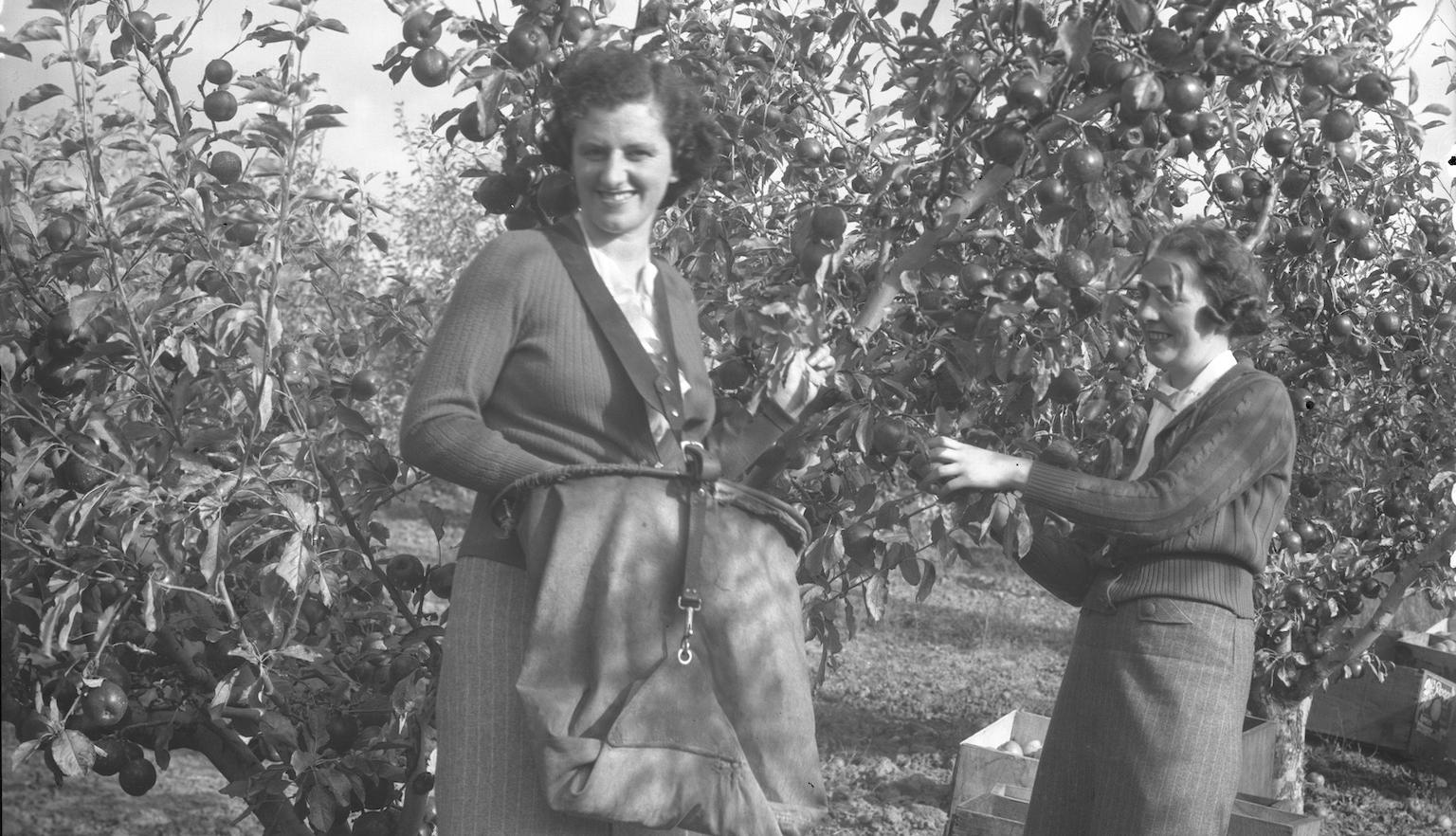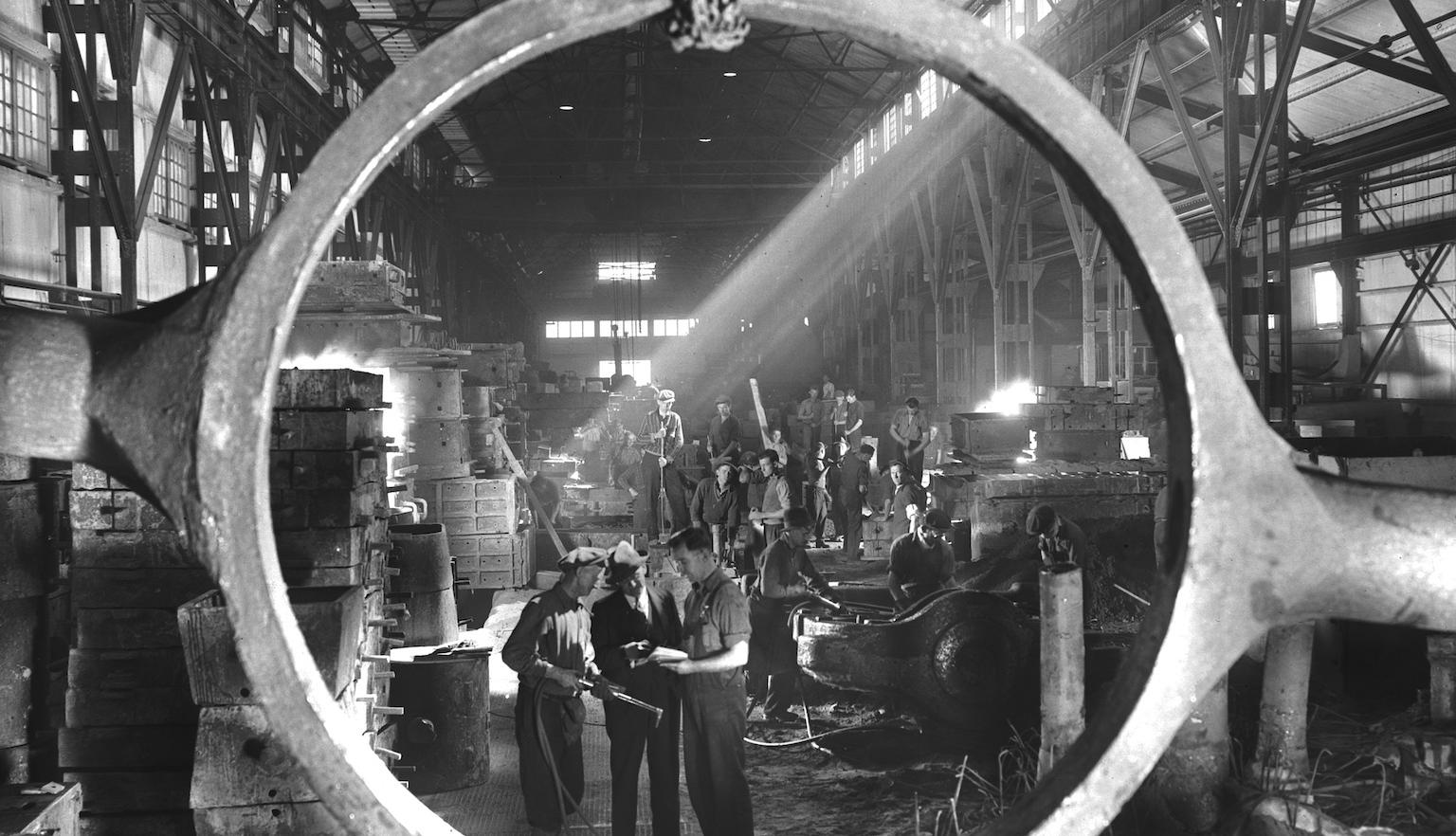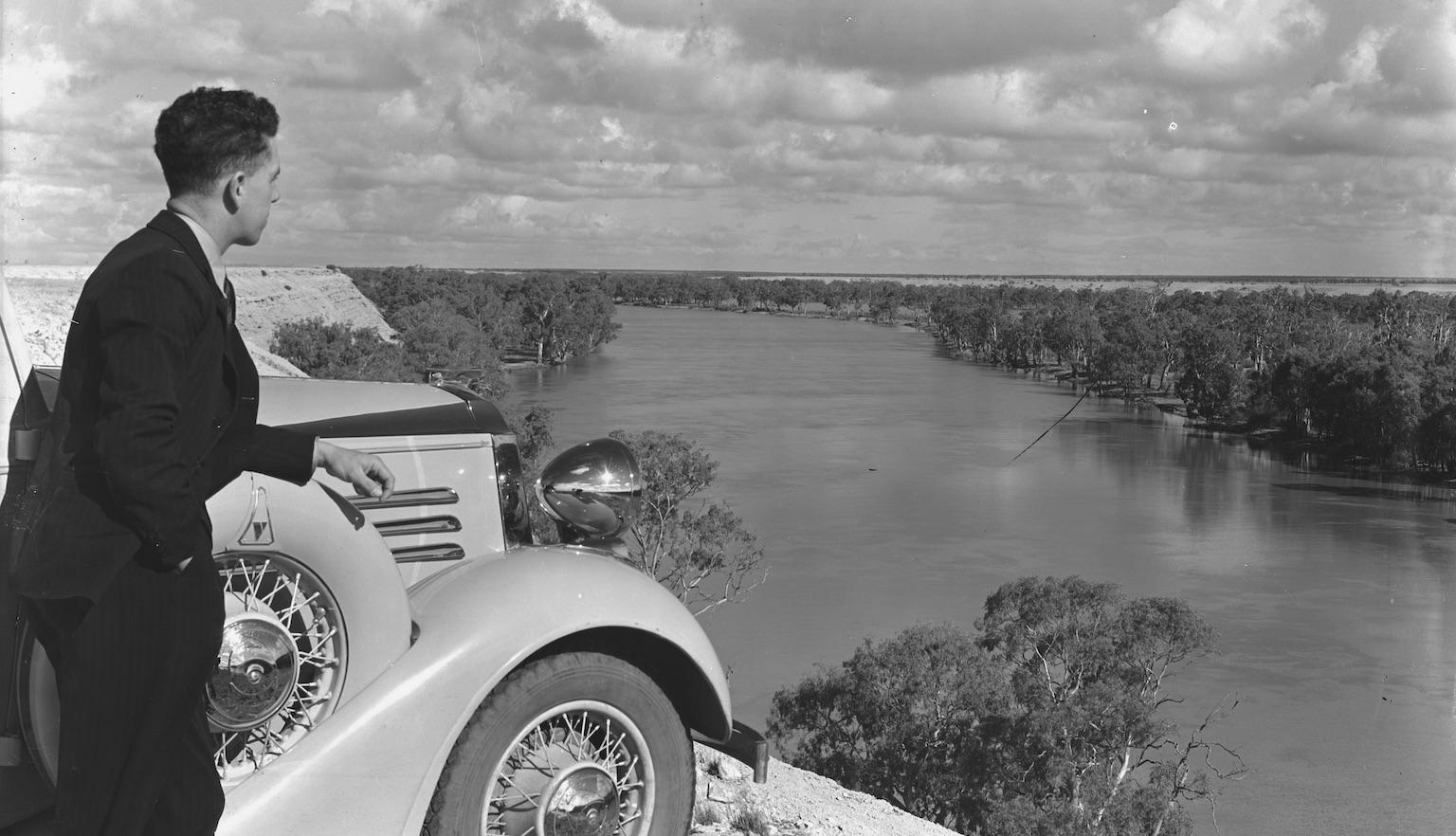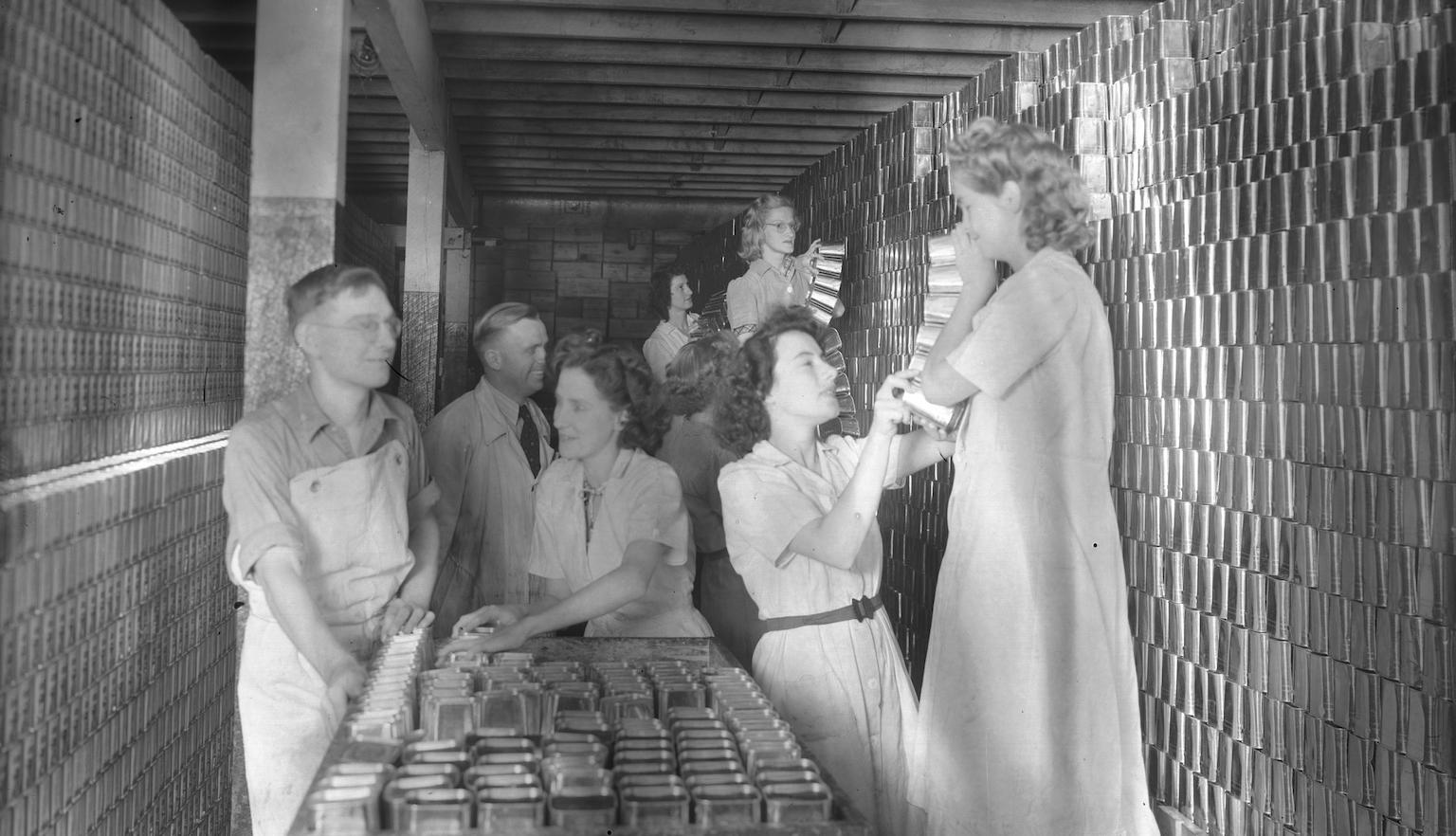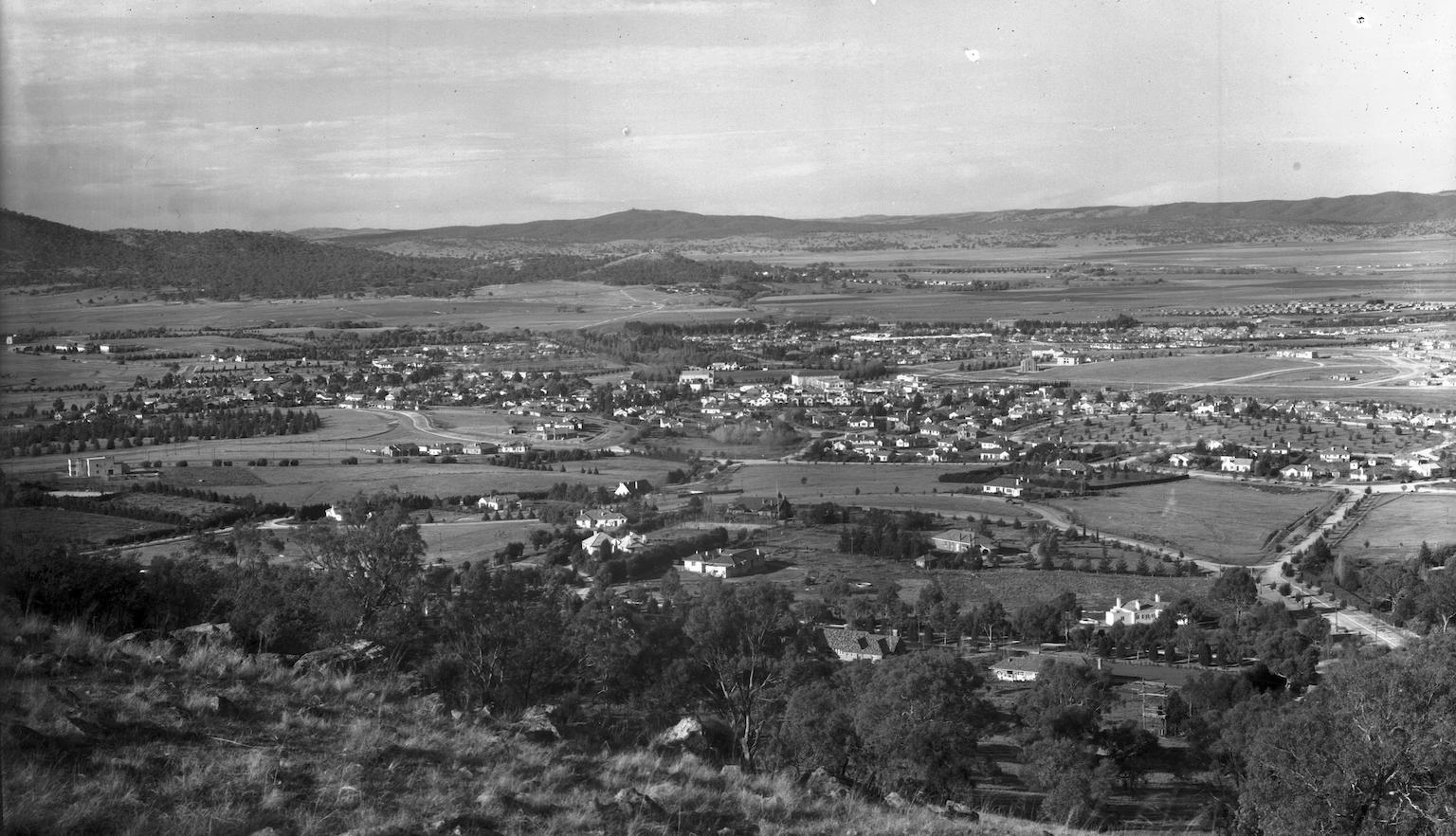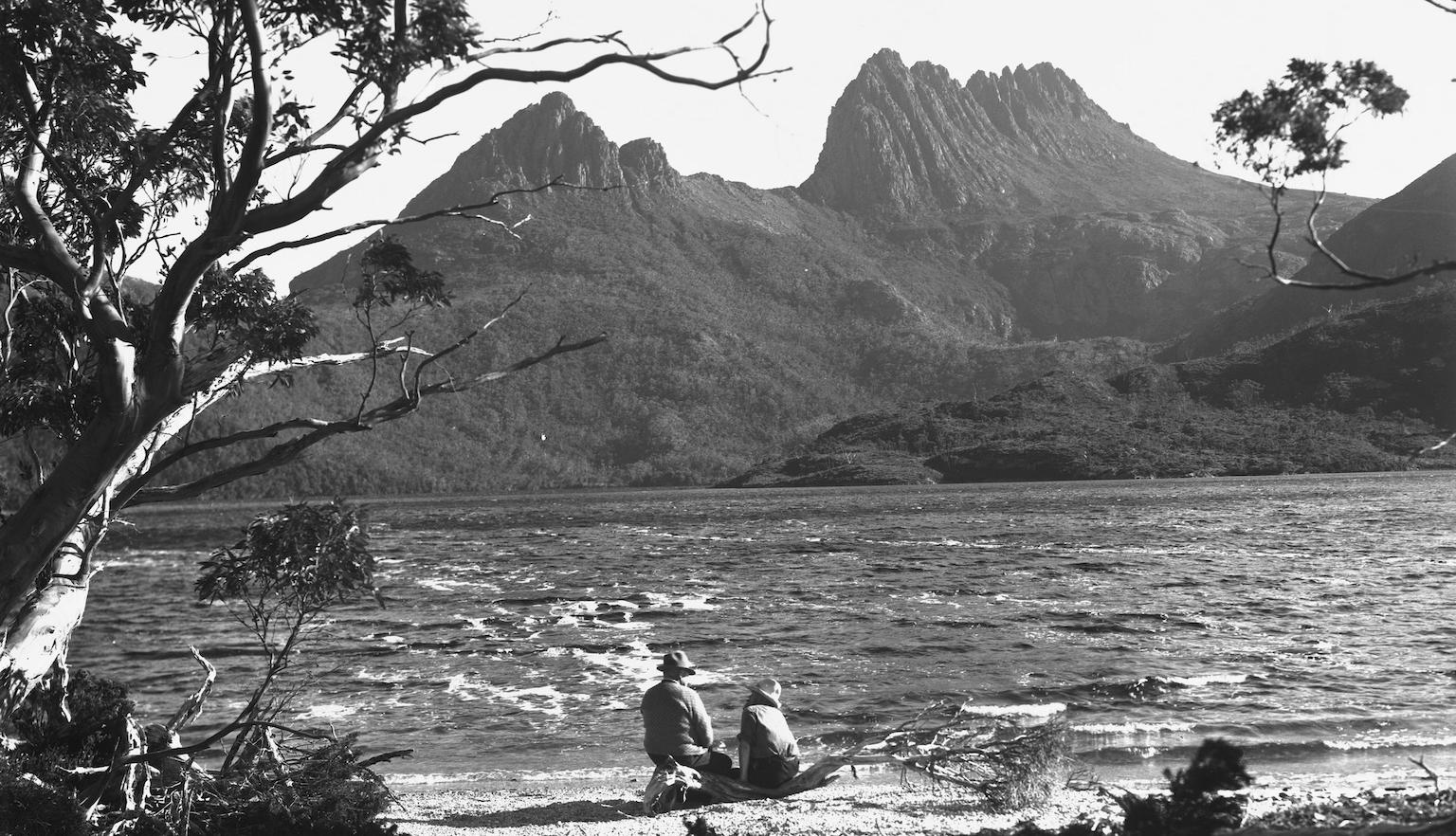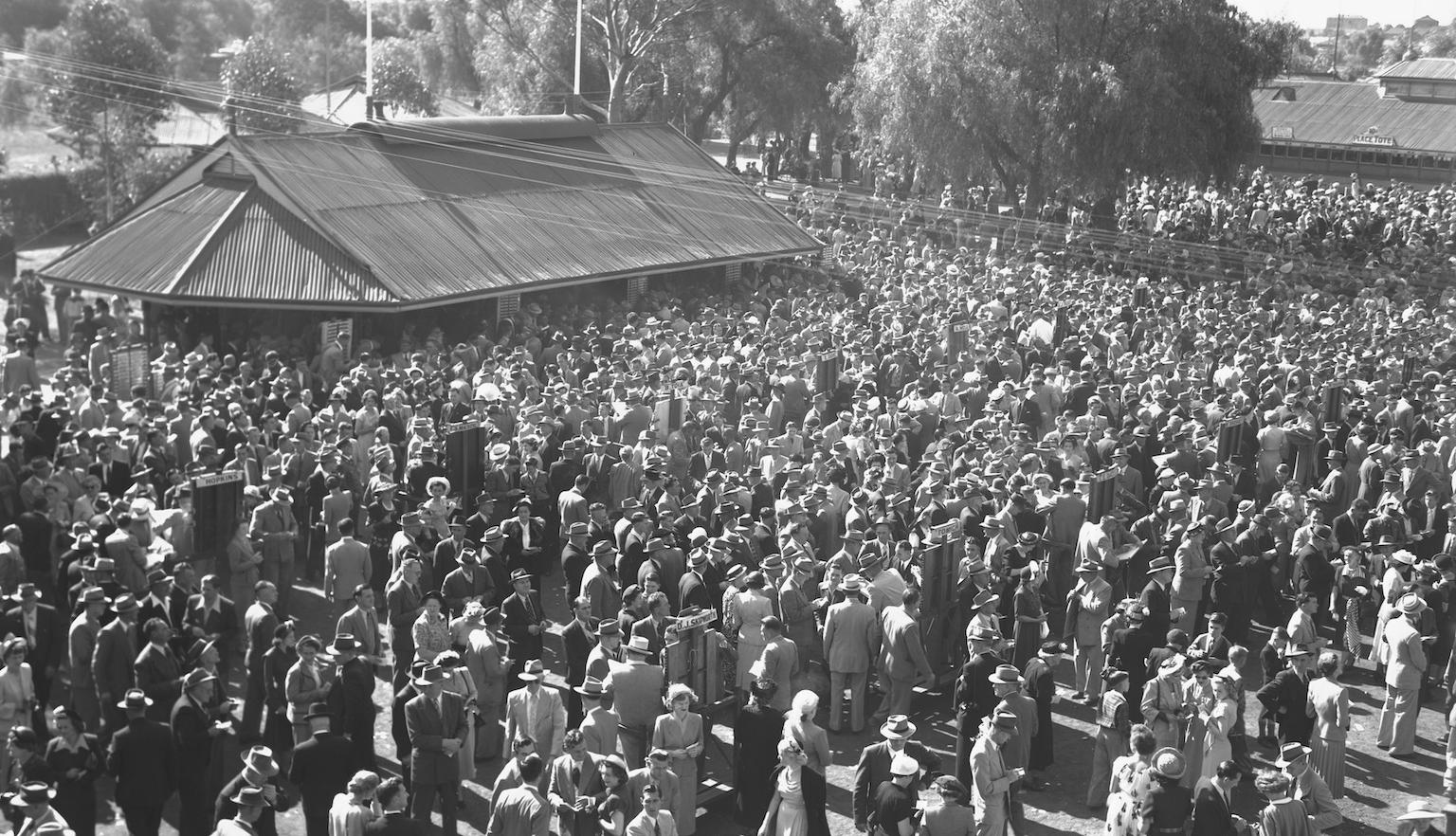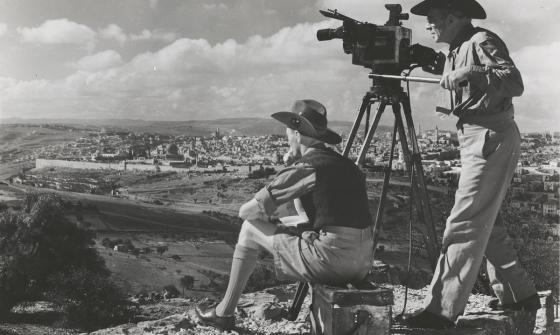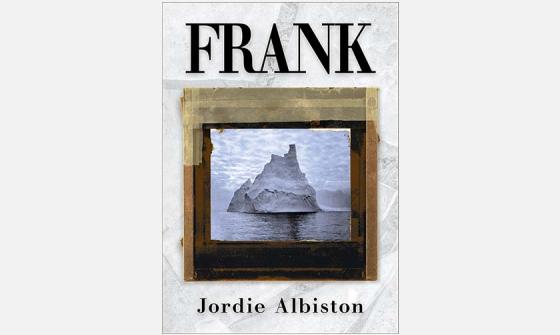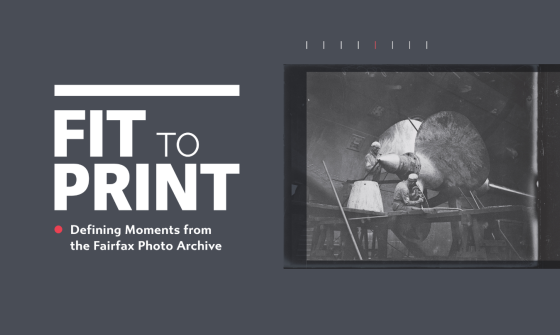“A symphony in stone that will long be remembered”: Around Australia with Frank Hurley
Photographer and film maker Frank Hurley is best known for his work as an official war photographer in both the First and Second World Wars, and for his films and photography of Antarctic expeditions with Sir Douglas Mawson and Sir Ernest Shackleton. What is perhaps less well-known is he also travelled extensively around Australia, photographing many regions across the country.
The Library has digitised Hurley’s negative collection which consists of more than 10,000 images, so that they can be viewed online. Among them are many photographs of Australia which cover a range of subjects, from industrial and agricultural to landscapes and cityscapes. When exploring this extensive collection, you are bound to find photographs of regions you recognise and discover others which are less familiar.
As all photographers do, Hurley’s images reveal his point of view, grounded in a particular time and perspective. Often commissioned, his photographs were intended as celebratory with a focus on a ‘nation building’ narrative, showing post-war Australia in the best possible light – literally and metaphorically. This is a nostalgic view, which in some ways obscures the complexities of the era. The photograph of ‘a prosperous migrant farmer and his helpers...’ for example, is an idyllic scene that tells us little about the challenges new migrants faced in Australia.

Frank Hurley, [A prosperous migrant farmer and his helpers are gathering the strawberry crop for the nearby Brisbane market] [Brisbane, Queensland], nla.gov.au/nla.obj-158843458
Frank Hurley, [A prosperous migrant farmer and his helpers are gathering the strawberry crop for the nearby Brisbane market] [Brisbane, Queensland], nla.gov.au/nla.obj-158843458
[Hurley] presented a vision of wide-open spaces, successful rural industries, the happy assimilation of migrant families, industrial development, modern spacious cities and a well-ordered but highly conformist society.
Nonetheless, Hurley’s photographs and diaries, also digitised and available to read on Trove, reveal a genuine passion for the beauty of the landscapes he photographed. In Western Australia, for example, he was particularly taken with coastline at Table Bay, near Broome.
The spectacle was as difficult to interpret through the lens as the pen. No one should rush through Broome before going to Table Bay and taking a stroll along the coast by the lighthouse. It is a symphony in stone that will long be remembered.
If Hurley felt the scene wasn’t captured through the lens, he would seek to convey drama he saw in person by embellishing the image in some way or creating composites to reflect his artistic vision. This attracted criticism from some but was a recognised part of his practice.
In the mid 1950s, Adelie Hurley, one of Hurley’s three daughters, accompanied him on some of his Australian trips, working as his assistant.
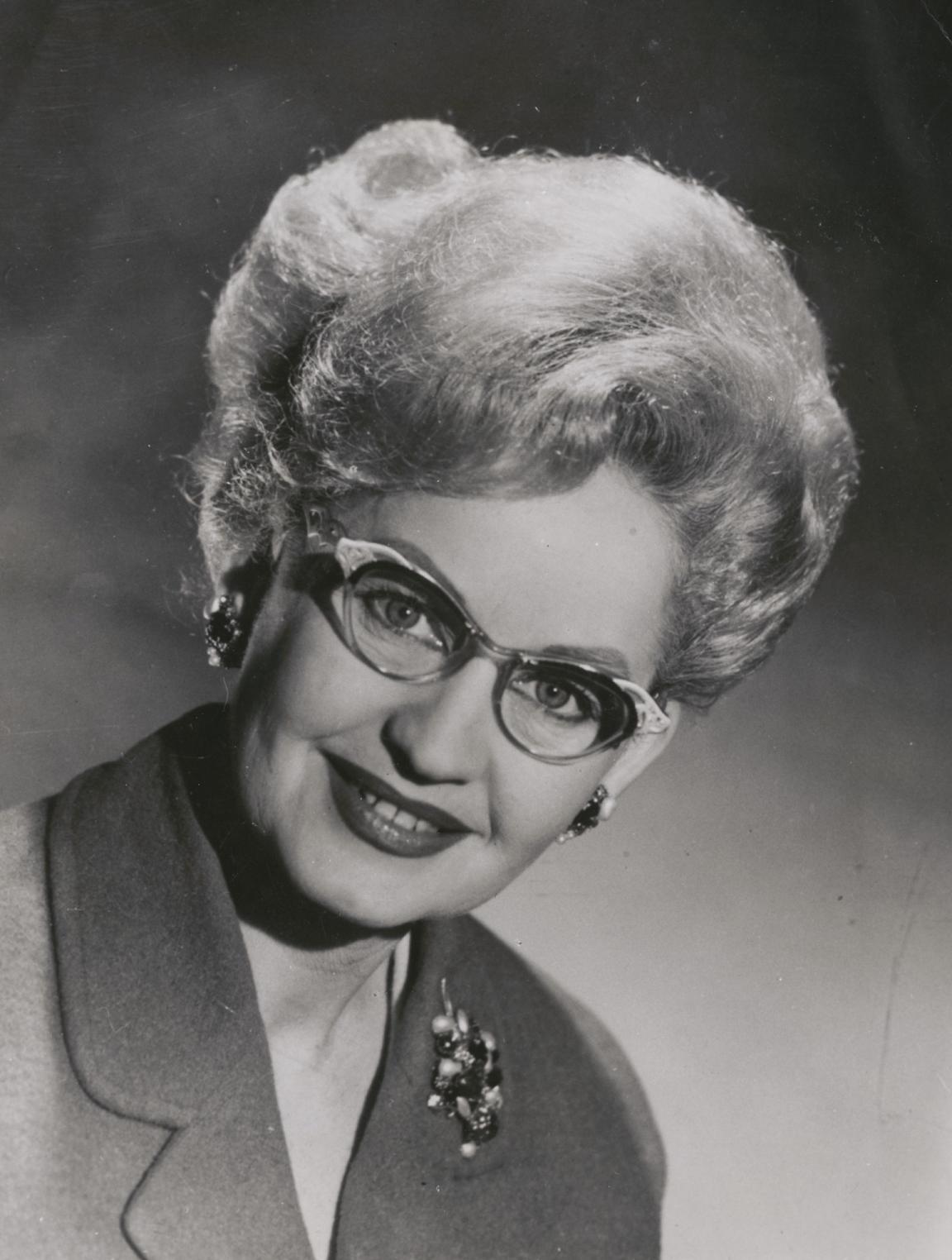
Adelie Hurley one of Australia's top photographers, will lead the photographic safari to the South Island of New Zealand, 1967, nla.gov.au/nla.obj-150922945
Adelie Hurley one of Australia's top photographers, will lead the photographic safari to the South Island of New Zealand, 1967, nla.gov.au/nla.obj-150922945
She was a talented photographer in her own right and some of her photographs are also digitised and available to view on Trove.

Adelie Hurley, Snowfields near Mount Guthrie, Snowy Mountains region, New South Wales, approximately 1960, nla.gov.au/nla.obj-2495719890
Adelie Hurley, Snowfields near Mount Guthrie, Snowy Mountains region, New South Wales, approximately 1960, nla.gov.au/nla.obj-2495719890
A prolific photographer until the end of his life, Frank Hurley never retired. He had only recently returned from one of his extensive trips around Australia a few months earlier when he died in his home in Collaroy Plateau in January 1962.
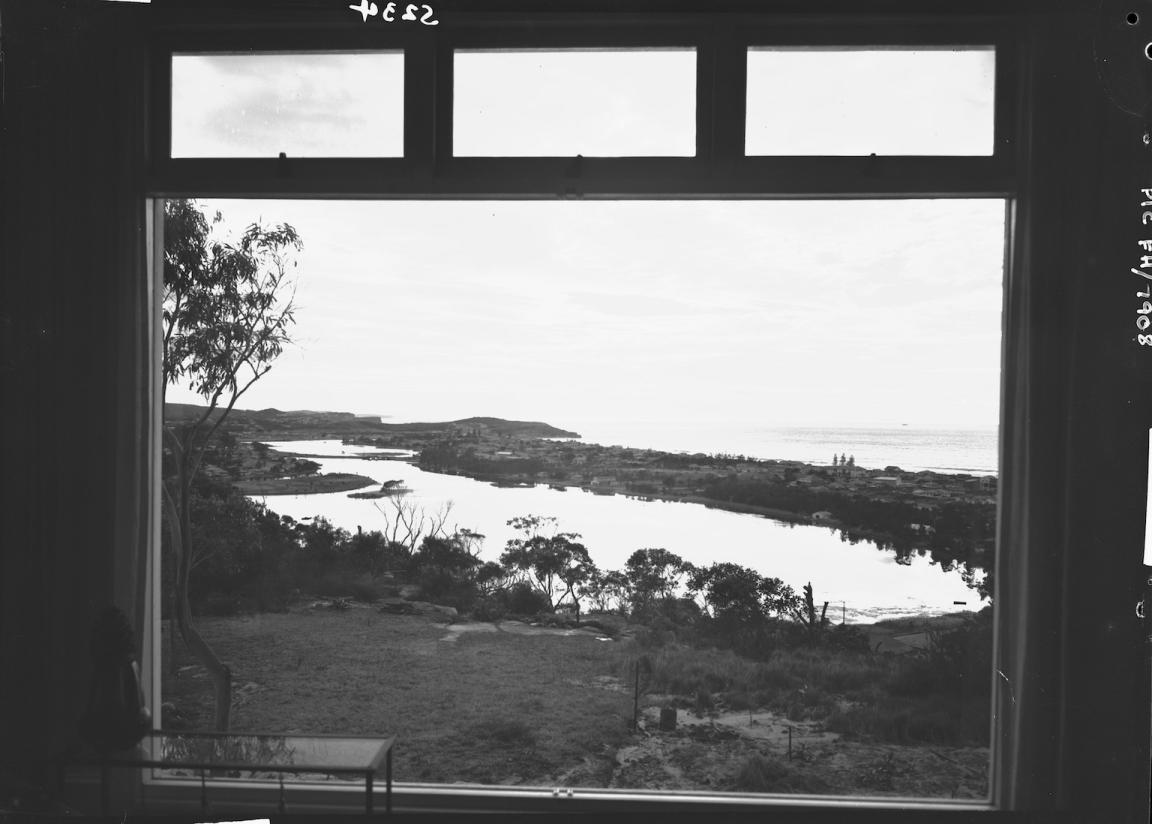
Frank Hurley, Narrabeen Lagoon from the window of Frank Hurley's residence, Sydney, nla.gov.au/nla.obj-157526851
Frank Hurley, Narrabeen Lagoon from the window of Frank Hurley's residence, Sydney, nla.gov.au/nla.obj-157526851
The vast collection he left behind offers us insight into many different parts of Australia as viewed through his lens. The collection prompts us to reflect on what has changed, what remains familiar and perhaps to think about the stories which may have been missing from his vision of Australia.
